Paddle Dryer vs. Fluidized Bed Dryer: Which Is Right for Your Material?
2/12/20254 min read
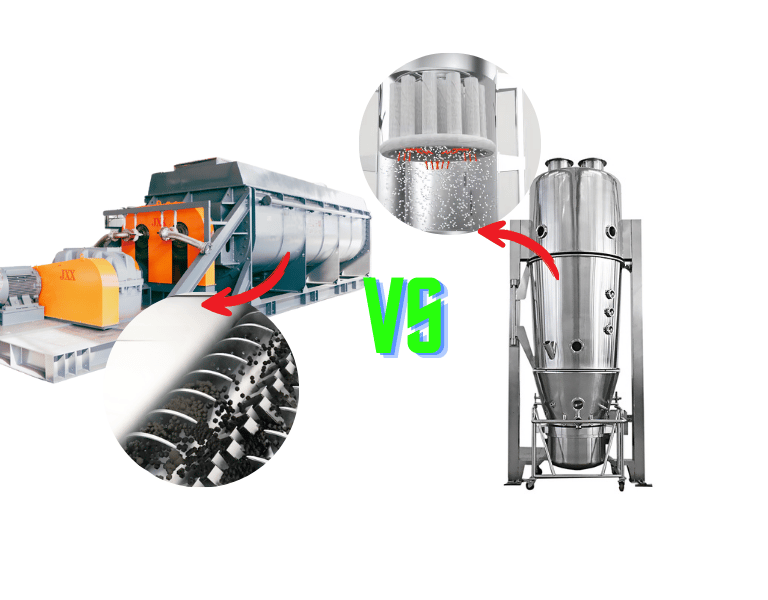

Industrial drying is a critical step in manufacturing, but choosing the right equipment can be daunting. Among the most debated options are paddle dryers and fluidized bed dryers. Both excel in specific scenarios, but their differences in design, energy efficiency, and material compatibility often leave buyers puzzled. This article cuts through the noise, comparing these two drying technologies head-to-head to help you make an informed decision.
Paddle dryers use indirect heating and gentle agitation for heat-sensitive materials, while fluidized bed dryers rely on high-velocity airflow to suspend particles. The best choice depends on your material’s characteristics, production scale, and energy goals.
Let’s dive deeper into how each dryer operates, their pros and cons, and the key factors to prioritize for your application.
Table of Contents
1. How Do Paddle Dryers and Fluidized Bed Dryers Work?
Understanding the operational mechanics of paddle and fluidized bed dryers is the first step to selecting the right system.
Paddle dryers use rotating blades to mix and heat materials indirectly, while fluidized bed dryers suspend particles in a hot air stream for rapid drying.
Paddle Dryers: Indirect heating through hollow paddles and walls minimizes contamination risk, making them ideal for pharmaceuticals or food-grade products. The slow, uniform agitation suits pastes, slurries, and sticky materials that require precise temperature control.
Fluidized Bed Dryers: Airflow through a perforated plate fluidizes granular materials, exposing every particle to heat. This method excels for free-flowing powders like fertilizers or chemicals but struggles with large or irregular particles.
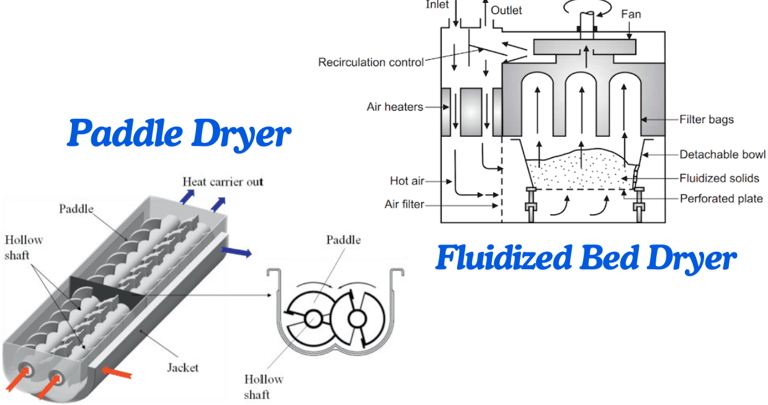

2. Energy Efficiency: Which Dryer Saves More Costs?
Energy consumption is a top concern for cost-conscious operations. Let’s break down how these dryers compare.
Paddle dryers are inherently energy-efficient due to indirect heating, but fluidized beds offset higher electricity costs with faster drying times.
Paddle Dryers: Indirect heat transfer reduces energy loss, achieving up to 30% lower fuel consumption than direct-heat systems. However, they require consistent thermal input to maintain efficiency.
Fluidized Bed Dryers: High airflow demands increase electricity use by 15–20%, but their superior thermal efficiency (due to particle-air contact) balances overall energy costs. Recirculating exhaust air can further optimize efficiency, though it requires dust filtration to avoid clogs.
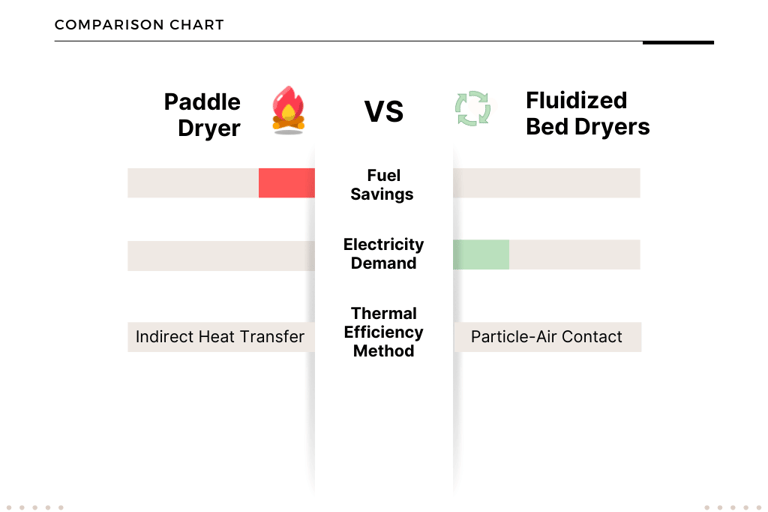

3. Material Suitability: Which Dryer Handles Your Product Best?
Material characteristics like particle size, moisture content, and fragility dictate dryer compatibility.
Paddle dryers handle viscous or heat-sensitive materials, while fluidized beds thrive with uniform granules.
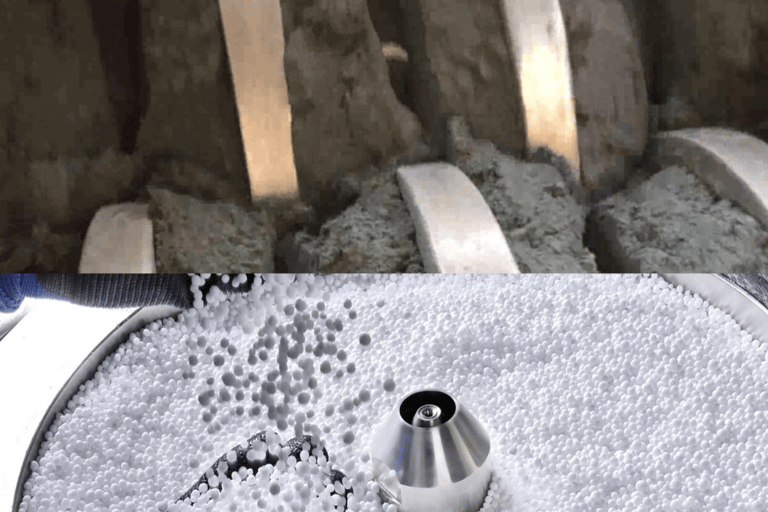

4.Maintenance and Operational Stability: Which Is Easier to Manage?
Downtime and labor costs hinge on a dryer’s maintenance needs and operational flexibility.
Fluidized beds require less mechanical upkeep, but paddle dryers tolerate feedstock variability.
Paddle Dryers: Fewer moving parts reduce wear, but heat exchanger surfaces need regular cleaning to prevent material buildup7.
Fluidized Bed Dryers: Minimal mechanical components lower maintenance, but feedstock must be uniform. Variations in particle size or moisture disrupt fluidization, causing process upsets
5.Key Factors to Consider When Choosing a Dryer
Material Properties: Viscosity, heat sensitivity, and particle size.
Throughput: Batch vs. continuous processing needs.
Energy Costs: Fluidized beds save energy for granules; paddle dryers excel in indirect heating.
Regulatory Compliance: GMP standards in pharma require stainless steel (SUS316L) fluidized beds.
Conclusion
Neither paddle nor fluidized bed dryers are universally “better”—the optimal choice depends on your material’s needs and operational priorities. For heat-sensitive, viscous materials, paddle dryers deliver precision. For high-throughput granule drying, fluidized beds excel. Always request efficiency guarantees and pilot testing from manufacturers to validate performance.
External Links Recommendation:
Still unsure? Contact our engineers for a free material assessment and customized dryer recommendation.
Boost Your Drying Efficiency by 30% Talk to Our Engineers Now!
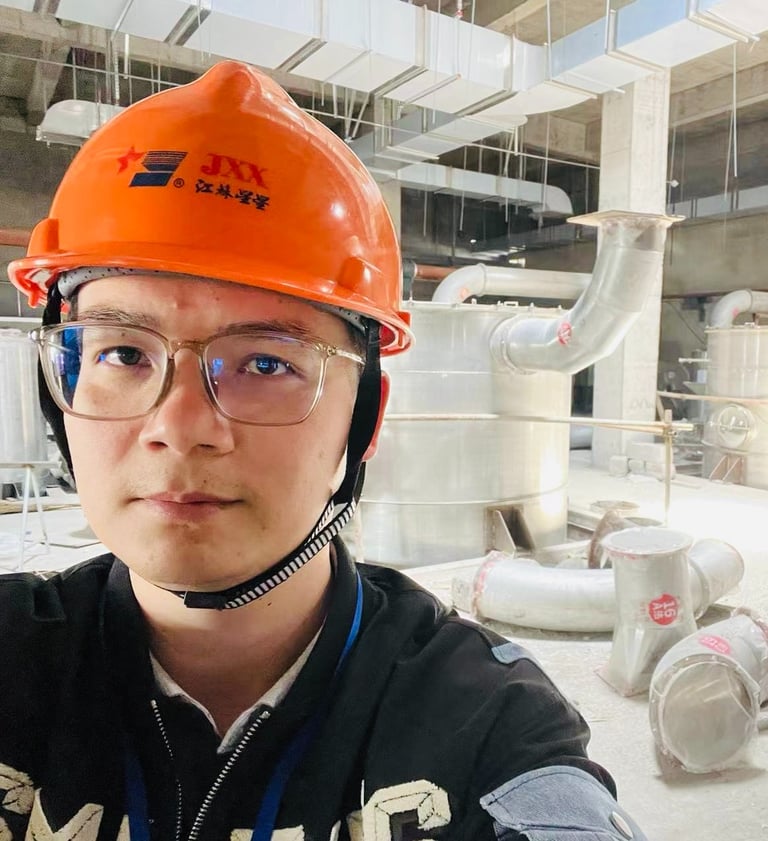

I’m Zar Zha, founder of jexdry.com, a trusted Chinese drying equipment manufacturer rooted in precision engineering since 1998.
As a family-owned business built on three generations of industrial innovation, we specialize in customized drying solutions for demanding industries like food processing, pharmaceuticals, and chemical production.
Over the past 25+ years, we’ve empowered 80+ countries and 200+ global clients—from Fortune 500 food giants to sustainable biofuel startups—to optimize their drying efficiency, reduce energy waste, and scale production safely.
At JexDry, we’re more than equipment suppliers; we’re partners in solving industrial drying challenges. I’m sharing decades of hands-on experience here to help engineers and plant managers master drying technology, avoid costly mistakes, and future-proof their operations.
Feel free to leave your information below, and we’ll get back to you as soon as possible. Alternatively, you can click the green WhatsApp button at the bottom of the page to contact us directly.
JexDry is a family-run business established in 1998, dedicated to providing customers with the most suitable drying equipment to make their production work more efficient, smooth, and environmentally friendly.
Products
Contact
+86-137-7501-3369
© 2024. All rights reserved.
